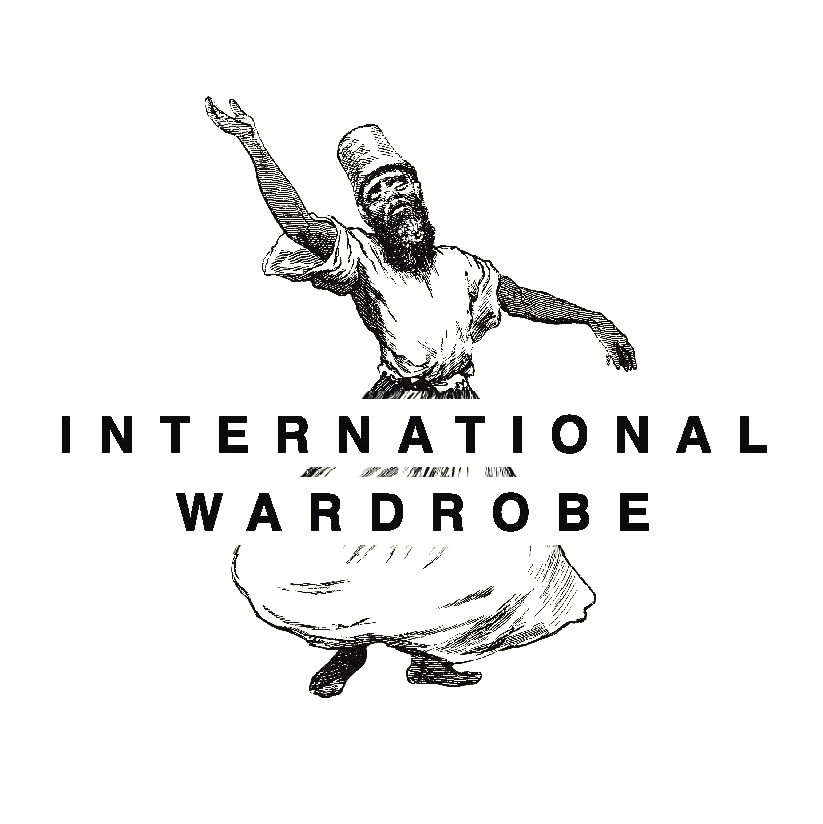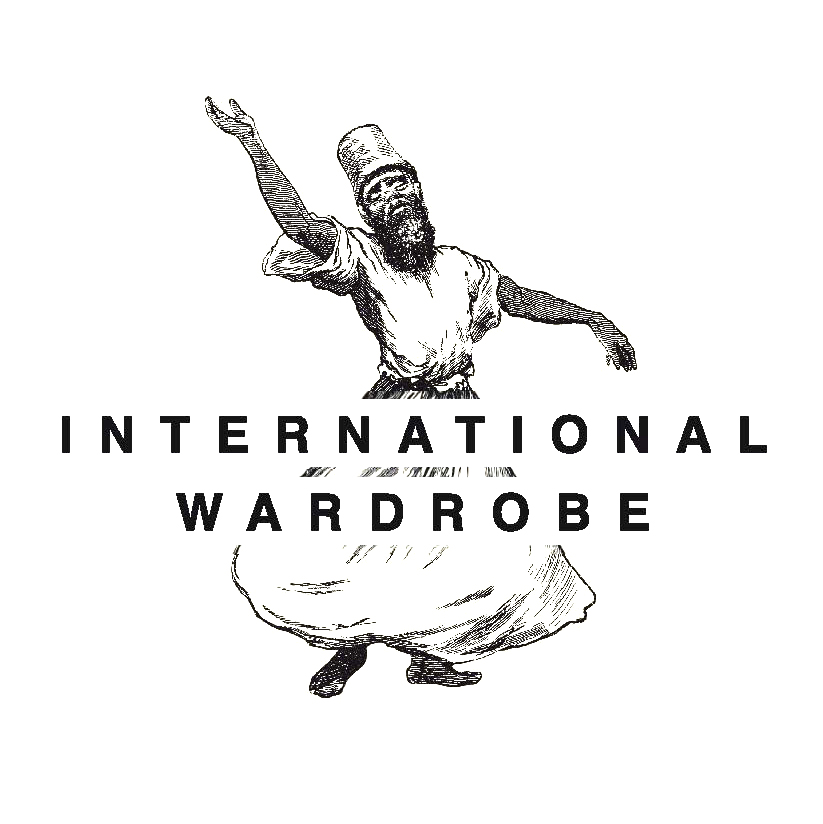Around the world, one of the key items common to all folkloric costumes is the shirt. La blouse roumaine, the Romanian blouse, the title of a picture painted Henri Matisse in 1940, is the garment most strongly associated with Romanian folkloric costume. Reaching into antiquity, some of the basic designs appear on the bas-relief figures enacting Trajan’s victory in the Dacian Wars on Trajan’s Column in Rome: collarless blouses with gathered necklines and wrap-around skirts worn by the women, and long, belted shirts worn by the men.
Two different styles of blouse continue to be made to this day. The first is the traditional straight-cut archetype worn in antiquity. This is the Dacian straight chemise, or shift: cut from a single piece of fabric with a gusset, the pava or broasca (which means frog), inserted into the seam under the armpits to add breadth and provide increased mobility. Over time this kind of shift came to be worn mainly by old women. The other style is a smocked blouse gathered at the neck, which is made up of numerous individually embroidered sections that are then joined together.
Every Romanian folkloric blouse is embellished with a distinctive sequence of patterns: the style of the blouse determines the embroidered pattern. With the cămaşă încreţită (gathered blouse), the use of embroidery as a structuring element, around the shoulders, armpits and along the sleeves, is most distinctive. The sleeves nearly always follow a three-part decorative pattern: the altiţă, a rectangular band embroidered across the upper part of the shoulder which is the most important piece of embroidery, followed by the Încreţ (gathering, puckering), a single horizontal inset band, and the râuri, diagonal rows of embroidery that run from under the shoulder and armpit down towards the cuffs. Transylvanian blouses often have an added flounce.
With the straight-cut chemise, the sections surrounding the neckline and the sleeve caps and cuffs are emphasised, the belief being that these kinds of decorative elements, positioned near points where the body is exposed such as necklines and cuffs, would protect the wearer from evil spirits.
The patterns and motifs of Romanian blouses refer to local traditions and provide clues to the marital, social and/or economic status of the person wearing them. For instance, the decorations on the blouses and the colours of the wraparound skirts and aprons signal the age of the wearer: Red is for young women, darker colours or black indicating that wearer is older. The same applies to men. The colour red is supposed to protect against the evil eye.
Uniformity is an essential trait of Romanian folk art, despite a broad spectrum of regional variations. From a linguistic perspective, Romania was a Latin enclave in the north east of the Roman Empire which had been isolated for a long time in terms of culture and history. Many different peoples lived in this enclosed region, such as the Transylvanian Saxons, Széklers and Hungarians, all of whom wanted to distinguish themselves from each other, resulting in immense cultural diversity. However, common features of the different costumes are: similar cuts, using predominantly rectangular pieces of fabric, the same raw materials, and related colour schemes, black, blue and red on a white background. Distinguishing characteristics are reflected in the embroidered patterns and individual motifs.
Romanian blouses are delightfully contrary: on the one hand we find “orderly imaginativeness” with a heightened sense for the decorative and glorious; on the other, a rigorous, ordered approach that manifests itself in symmetry and balance. These striking contrasts lend Romanian blouses their appeal to this day.
Entirely hand-crafted pieces can only be found in a few shops in Romania. Very few, mostly older women still know how to artfully embroider the delicate textiles with the hundreds of small stitches that make up the typical patterns on these blouses. Generally these are countrywomen, 60 or older, who learnt to make these blouses during the Soviet era in collective farms and now use the long winter evenings to do this kind of work.
It takes about a month to make just one of these blouses by hand. Once these women also are no longer able to continue their craft, it will be very hard to find a real blouse roumaine.
Captions:
1. Woman in romanian costume from Vicea. Photo: Elena Zlotea. From the book: Roumanie. Bukarest 1977
2. Men in cool clothing from Gyimes-Bükkhavas, Romania. Photo: Albert Kresz
3. Woman with the costum from Vrancea. The sleeves have a spiral effect. (mineca rasucita) Photo: Elena Zlotea. From: Roumanie. Bukarest 1977
4. 1900 Henri Matisse created a serie of drawings and paintings about the theme “la blouse roumaine”. The woman on this picture is wearing a classical smocked blouse. Henri Matisse, Le blouse romaine, Öl on canvas , 1940. Centre Pompidou
5. Here you can see perfectly the three sequence of patterns we discriped above.
6. The alert eye will recognise on basis of the sleeve´s embroidery and the red aprons that these illustrious womans circel is coming from Bistrita-Nasaud. Foto: Ion Miclea aus: Romania, Sibiu 1982

